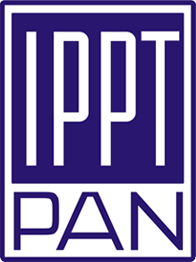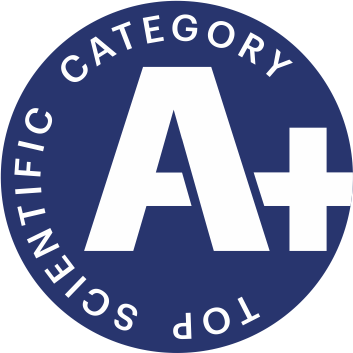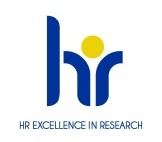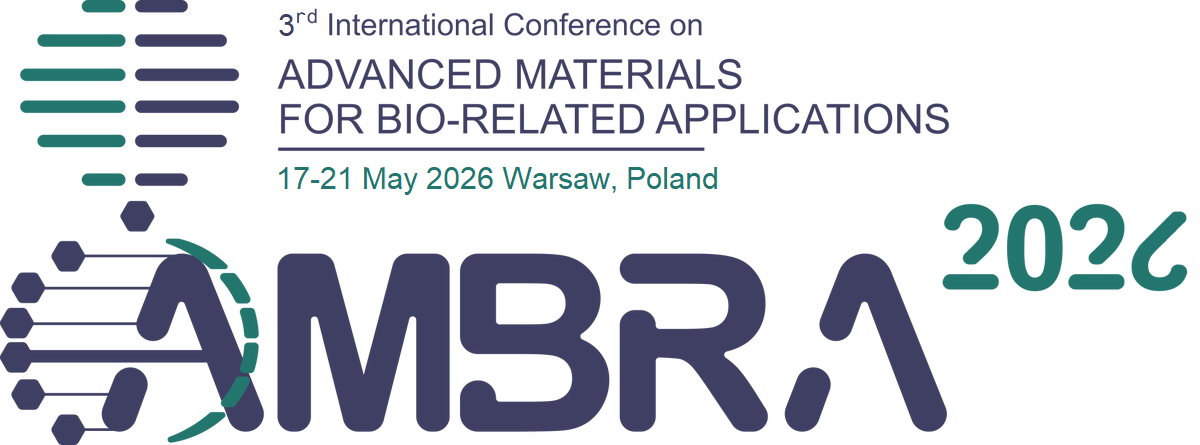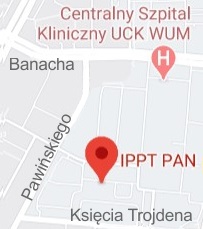| 1. |
Teshome Tufa L.♦, Gicha B.♦, Molla C.F.♦, Huu‐Quang N.♦, Tran V.♦, Nwaji N., Xiaojun H.♦, Hongxia C.♦, Lee J.♦, Plasmon-enhanced photo/electrocatalysis: Harnessing hetero-nanostructures for sustainable energy and environmental applications,
Applied Physics Reviews, ISSN: 1931-9401, DOI: 10.1063/5.0205461, Vol.11, No.4, pp.041336-1-041336-26, 2024 Abstract:
Plasmon-enhanced photo/electrocatalysis using hetero-nanostructures has emerged as a promising approach for boosting the efficiency and selectivity of photo/electrocatalytic reactions. Plasmonic nanostructures (PNSs), with their unique properties including localized surface plasmon resonance (LSPR), play a vital role in enhancing photo/electrocatalytic activities. By leveraging LSPR, PNSs can concentrate incident light, facilitate charge separation, and induce surface reactions, leading to improved catalytic performance. In this review, we provide a comprehensive analysis of the current state of knowledge in this field. We discuss the rational design and synthesis of hetero-nanostructures, focusing on the optimization of composition, size, shape, and interface properties. Furthermore, we explore various combinations of plasmonic sources with semiconductors of diverse morphologies to achieve enhanced photocatalytic activity. The reviewed research encompasses applications in water splitting, removal of organic pollutants, CO2 reduction, and energy conversion. We also address the challenges that need to be overcome, including optimization of materials, reproducibility, stability, band alignment, and understanding plasmon–material interactions in hetero-nanostructures. The review of future perspectives includes the integration of multiple functionalities, the exploration of novel plasmonic materials, and the translation of plasmon-enhanced photo/electrocatalysis into practical applications. The combination of plasmonics and nanotechnology can be used to advance green technologies and address pressing global issues. Keywords:
Plasmons, Heterostructures, Energy conversion, Sustainable energy, Nanotechnology, Water-splitting, Interfacial properties, Photocatalysis, Surface reactions, Catalysts and Catalysis Affiliations:
| Teshome Tufa L. | - | other affiliation | | Gicha B. | - | other affiliation | | Molla C.F. | - | other affiliation | | Huu‐Quang N. | - | other affiliation | | Tran V. | - | other affiliation | | Nwaji N. | - | IPPT PAN | | Xiaojun H. | - | other affiliation | | Hongxia C. | - | other affiliation | | Lee J. | - | Lexington High School (US) |
|  |
| 2. |
Birhanu Bayissa G.♦, Teshome Tufa L.♦, Nwaji Njemuwa N., Xiaojun H.♦, Lee J.♦, Advances in All‑Solid‑State Lithium–Sulfur Batteries for Commercialization,
Nano-Micro Letters, ISSN: 2150-5551, DOI: 10.1007/s40820-024-01385-6, Vol.16, pp.2-38, 2024 Abstract:
Solid-state batteries are commonly acknowledged as the forthcoming evolution
in energy storage technologies. Recent development progress for these rechargeable
batteries has notably accelerated their trajectory toward achieving commercial
feasibility. In particular, all-solid-state lithium–sulfur batteries (ASSLSBs) that rely
on lithium–sulfur reversible redox processes exhibit immense potential as an energy
storage system, surpassing conventional lithium-ion batteries. This can be attributed
predominantly to their exceptional energy density, extended operational lifespan, and
heightened safety attributes. Despite these advantages, the adoption of ASSLSBs in the
commercial sector has been sluggish. To expedite research and development in this particular
area, this article provides a thorough review of the current state of ASSLSBs. We
delve into an in-depth analysis of the rationale behind transitioning to ASSLSBs, explore
the fundamental scientific principles involved, and provide a comprehensive evaluation
of the main challenges faced by ASSLSBs. We suggest that future research in this field
should prioritize plummeting the presence of inactive substances, adopting electrodes with optimum performance, minimizing interfacial
resistance, and designing a scalable fabrication approach to facilitate the commercialization of ASSLSBs Affiliations:
| Birhanu Bayissa G. | - | other affiliation | | Teshome Tufa L. | - | other affiliation | | Nwaji Njemuwa N. | - | IPPT PAN | | Xiaojun H. | - | other affiliation | | Lee J. | - | Lexington High School (US) |
|  |


